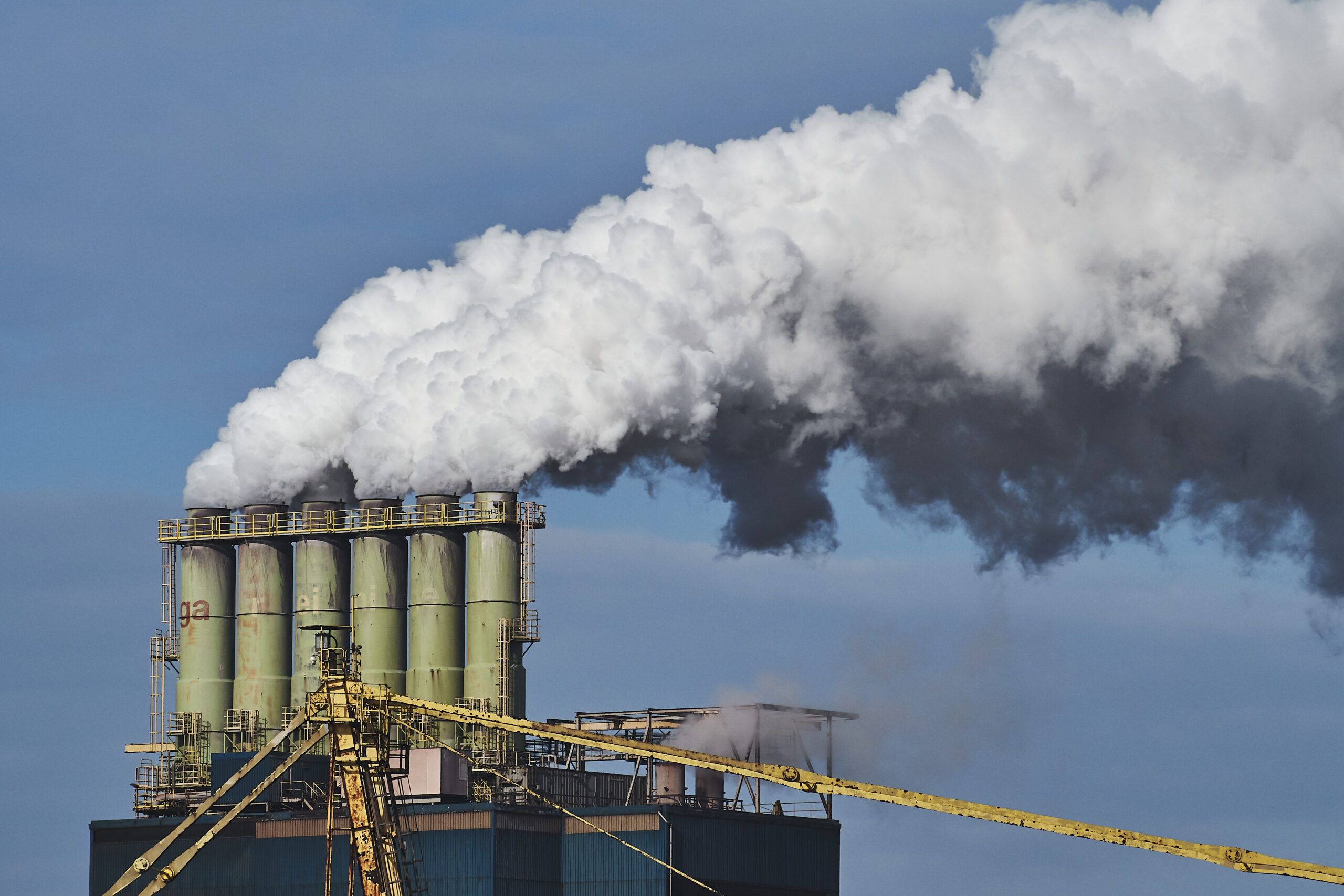ENVIRONMENTAL DUST MONITORING

Track ambient air quality and dust levels accurately with dust monitoring solutions by SERS, tailored to Perth, Brisbane, and Sydney. From real-time tracking to compliance reporting, we help your project meet air quality standards and effectively control dust emissions.
What is Environmental Dust Monitoring?
Environmental Dust Monitoring refers to a process that measures and assesses the levels of dust particles in the air. This involves measuring the concentration of PM2.5 and PM10 in the air to ensure that they are within permissible limits and do not pose a threat to health and the environment.
The two main contributors to dust in ambient air that are checked in dust monitoring are:
- PM2.5
These are minute particles with a diameter of 2.5 microns or less, which can be absorbed into the bloodstream through the lungs. - PM10
These are particles that have a diameter of 10 microns, which are often inhaled and cause respiratory issues.
With effective dust monitoring services, you can:
- Prevent respiratory and cardiovascular problems.
- Meet all compliance norms.
- Reduce the impact of dust on soil, water, and vegetation.
- Ensure worker safety and operational efficiency.
Types of Dust Monitoring
Based on the purpose they serve, the different types of dust monitoring include:
-
Real Time Dust Monitoring
This enables real-time monitoring of dust levels to ensure that it stays within permissible limits, and also allows you to set up alarms that prompt you to take action if the concentration of suspended dust particles in the ambient air crosses the permissible levels.
-
Static/Fixed Monitoring
In locations that are affected by high dust levels, static dust monitoring systems can be installed for both routine and real-time dust monitoring. This technique helps check the dust levels in the hotspot and perimeter areas.
-
High Volume Air Sampling
Often performed to meet regulatory compliance norms and assess long-term exposure, this involves collecting a significant volume of air samples from a given area and using gravimetry to assess particulate matter levels.
-
Baseline Dust Surveys
These are conducted before a certain activity (such as construction) starts to identify existing dust levels in the area and pinpoint any preexisting issues.
-
Advanced Dust Monitoring Systems
Using high-sensitivity sensors and real-time data transmission, these devices proactively check for even the tiniest dust particles, such as PM2.5 and PM10, and provide detailed reports on air quality and dust levels.
Further, the different methods employed for dust monitoring include:
-
Light Scattering
To measure the concentration of airborne dust, devices using this principle pass light through the air sample and monitor the intensity of how light is being scattered, which is proportional to the amount of dust present.
-
Light Transmission
In light transmission type dust monitoring devices, light is passed between a transmitter and a receiver, while dust particles scatter and absorb some of the radiation. The concentration of dust is measured based on the amount of light reaching the receiver.
-
Triboelectricity
Dust particles undergo triboelectric charging as they collide against each other. Triboelectric dust monitors come equipped with a probe that detects this charge to measure the amount of dust.
-
Gravimetry
In this method, the air sample is drawn in through an impactor or cyclone, collected on filters, weighed, and sampled. While highly accurate, this method is time-consuming and usually used for sampling and surveys.
Key Considerations for Dust Monitoring
For effective and accurate dust monitoring, the following key considerations have to be accounted for:
- Proximity of the location in question to residential and environmentally sensitive areas.
- The type of activity being taken up (construction, mining, demolition, transportation, etc.)
- The specific compliance standards are set by the particular state.
- Frequency and duration of monitoring.
- Response strategy outlined in case of a breach in threshold levels.
Technology Used and Industrial Applications
SERS uses air quality sensors and monitoring devices that provide accurate and effective dust monitoring. The leading technologies among these include DustTrak, E-BAM, Osiris, etc., which track airborne particulate matter in real-time.
-
TSI DustTrakTM
A handheld dust monitoring device, the TSI DustTrakTM measures airborne contaminants such as dust, smoke, fumes, and mists. Designed to check aerosol concentrations for PM1, PM2.5, PM10, and other respirable particles, it uses a light-scattering laser photometer for concentrations ranging from 0.001 to 150 mg/m3. This makes it an excellent choice for industrial surveys, engineering control evaluations, baseline screening, and indoor air quality checks.
-
E-BAM
Working on the principle of beta attenuation, the E-BAM (E-Beta Attenuation Monitor) measures the PM2.5 and PM10 levels in terms of milligrams of particulate matter per cubic meter of air. A compact, self-contained beta gauge, the device is mounted on a tripod and operates on a power supply of 115 / 240 AC or 12 VDC. With the E-BAM, you get highly accurate, real-time results.
-
Osiris
Designed to monitor non-fibrous dust via optical scattering, Osiris can accurately measure the levels of total suspended particulate matter in ambient air. The Osiris is suitable for all types of workplaces, like industrial environments, construction projects, and others. It monitors the levels of PM1, PM2.5, and PM10, and is an excellent choice of device to be used in semi-permanent installations.
This enables real-time tracking of dust levels, data logging, and threshold-based alert systems that prompt you to take action in case dust levels exceed permissible limits.
This makes dust monitoring services useful for the following industries:
-
Mining and Quarrying
Mining activities generate large volumes of dust that pose a major health concern for all workers. Real-time dust monitoring in mines and quarries ensures that dust and particulate matter stay within permissible limits.
-
Civil Construction
Construction and demolition activities generate a lot of dust that poses a risk to the health of workers and nearby residents. During civil construction activities, it is important to track dust levels, which is achieved with the help of real-time dust monitoring systems.
-
Transport and Logistics Terminals
High levels of dust at transport hubs and logistics terminals impact the health of both workers and civilians, making it essential to stick to permissible limits. In these locations, air quality sensors help detect dust levels in real-time.
Areas We Serve
SERS’ dust monitoring services are available across Perth, Brisbane, Sydney, and other major locations in Australia. We offer accurate dust monitoring, helping you stay in compliance with local regulations.
Dust Monitoring Services in Perth
To address the dust control in Perth, owing to its dry climate and industrial hubs, we offer dust monitoring services. This is specifically tailored to address fugitive dust in the WA metro and regional zones and meet the specific compliance norms.
Dust Monitoring Services in Brisbane
High growth of construction and associated activities, and seasonal changes, are the prime reasons that necessitate dust control in Brisbane. With SERS, meet the Queensland guidelines for dust management in and near residential and industrial areas.
Dust Monitoring Services in Sydney
Dense urban development makes dust control in Sydney a challenge. Manage compliance during infrastructure and transport projects and meet all compliance standards with SERS’ dust control and monitoring services.
Data Management and Reporting
With a dust monitoring system by SERS, you get access to historical data logs and trend charts for dust levels for your location and activity. This enables you to maintain regulatory-ready reporting, allowing you to meet EPA and NEPM compliance.
Further, summary reports are sent to onsite managers to keep them informed of dust levels in the area. SERS also helps set up alerts prompting you to take action if and when you cross the permissible dust limits.
Regulatory Framework and Compliance
The National Environmental Protection Measures (NEPM) sets the standard for ambient air quality as follows:
- PM2.5
25 µg/m³ (24-hour average) and 8 µg/m³ (annual average) - PM10
50 µg/m³ (24-hour average)
With SERS, dust monitoring services, you can stay apprised of the dust levels and stay compliant with environmental standards. Further, SERS also accounts for Environmental Impact Statements, state-specific, and industry-specific requirements when it comes to monitoring dust levels.
Our Dust Monitoring And Control Services
For effective dust control, we offer the following dust monitoring services:
Real-Time Dust Monitoring
Using DustTrak and similar top-of-the-line dust monitoring equipment, SERS allows you to keep a check on the levels of particulate matter and airborne dust. Further, we provide live alerts and set up data logs so that you have knowledge of dust levels at all times.
Dust Impact Assessments
Dust Impact Assessments help understand more about the impact certain activities may have on the surrounding areas and the health of those who live and work in the area. These activities include construction, mining, transportation, industrial operations, and others.
Why Opt For Dust Monitoring Services
With dust monitoring services, one can enjoy the following benefits:
- Maintain the health and safety of all your workers and civilians/ residents in the area.
- Demonstrate environmental responsibility by minimising the level of dust in ambient air.
- Reduce the chances of attracting a fine from regulatory authorities.
- Improve the trust of the stakeholders and community in your business, industry, construction activities, etc.
Benefits of Partnering With SERS
Operating since 2008, SERS has extensive experience in environmental safety and compliance. Further, SERS offers tailor-made services that help meet the specific standards of particular industries and locations. With accurate reporting and fast deployment of services, SERS is the top choice for dust monitoring services across Australia.
SERS offers dust monitoring services across all key locations in Australia, such as Perth, Sydney, and Brisbane.
For prompt and accurate dust monitoring, get in touch with us or fill in the contact form.
We also offer Asbestos management plans, Environmental Site Assessments, dilapidation, LiDAR Scanning, and more.
FREQUENTLY ASKED QUESTIONS
Real-time air monitoring systems that track the levels of airborne particulate matter, air sampling pumps, and optical particle counters are certain devices that can help monitor dust levels in a construction site.
The regulatory limits for dust in Australia vary with the location and the industry. For instance, the limits for respirable dust exposure in a quarry/mineral mine in Queensland are 5.0 TWA (mg/m3).
While gravimetric sampling is highly accurate and necessary for meeting regulatory compliance, they are best suited to analyse long-term results. On the other hand, real-time monitoring offers instant results, capturing short-term spikes, and is effective for identifying issues immediately and taking corrective action.
Fixed dust sensors are more accurate and a good way to monitor dust levels in a particular location long-term. Mobile dust sensors offer the convenience of moving the dust sensor to a new location as and when needed. Thus, select the dust sensor based on your requirements, its accuracy, and the budget you have.




